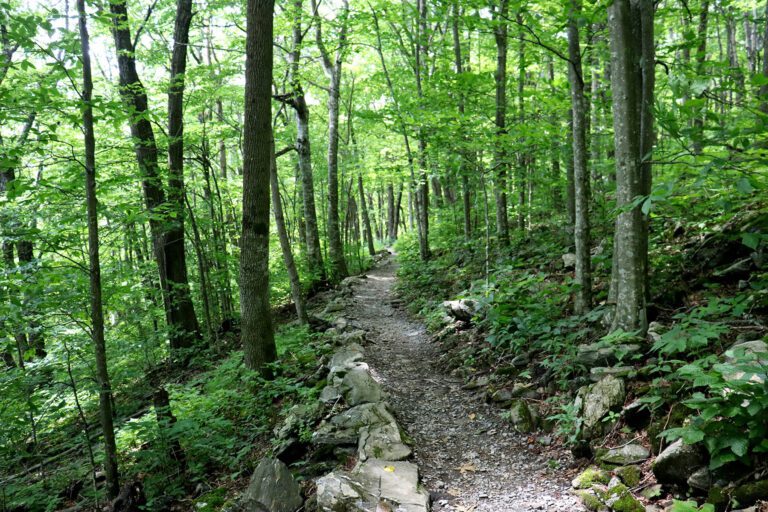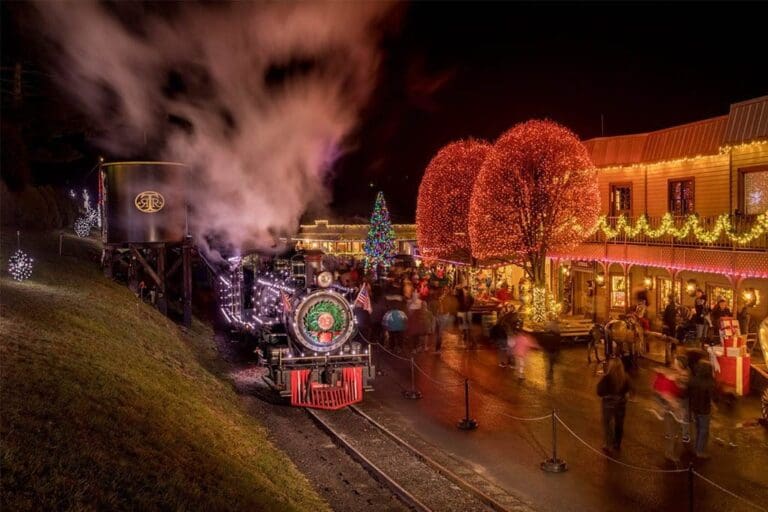Ski season in the Boone area typically runs from November through March, allowing plenty of time to hit the slopes when you visit. To make sure the slope conditions are just right, you’ll want to keep track of them depending on which ski resort near Boone you decide to visit.
Slope reports tell you the conditions on the mountain. You’ll want to check these before you head out to ski, snowboard or do other thrilling winter sports and activities. Utilizing slope reports can help make sure you can make the most of your winter getaway on the mountain.
Slope Conditions at Boone Ski Resorts
Boone has three popular ski resorts less than an hour away. Appalachian Ski Mountain, Beech Mountain Resort and Sugar Mountain Resort all offer visitors slope reports. These slope reports detail the conditions on the mountain, weather, snowmaking at the resort, base depth and more. Updated daily, these are excellent indicators to see how many slopes and other snow activities are open on any given day. Click below to see the slope reports for each resort.
Appalachian Ski Mountain Slope Conditions | Beech Mountain Resort Slope Conditions | Sugar Mountain Resort Slope Conditions
There are also several mobile applications, including Ski Tracks, Trace Snow and OnTheSnow Ski & Snow Report, that provide slope conditions. Sorted by resort, these comprehensive apps utilize information filed directly from the resort and other users to provide lift information, snowfall, slope information and much more.
Best Conditions for Skiing
Some of the information listed on a slope report includes, weather, snowmaking and base depth. Here are the best conditions for skiing and snowboarding based on these three variables.
Weather
The ideal temperature for skiing and snowboarding is between 20–30°F. This allows the snow to be cold enough to not melt. You also won’t want to be below 20°F so you can enjoy your time in the high altitudes comfortably. Be sure to dress in layers so you can handle the below freezing temperatures.
Snowmaking
The best conditions for making snow include cold temperatures and low humidity. Even if a mountain hasn’t received any natural snow, the snowmaking machines can make up for this creating a better ski and snowboarding experience.
Base Depth
The base depth is the range of the total amount of snow, both natural and through snowmaking, on the open trails. Measured in inches, the deeper the snow depths, especially the closer it gets to spring, the better the conditions for skiing.
Snow Conditions
Certain types of snow can be easier or more difficult for skiers of different levels and abilities. Dry, powder snow is the easiest to ski in because it requires less carving while still allowing you to slow down.
Wet snow with slush is more challenging for skiers and snowboarders. Wet snow is a result of warmer temperatures. This can occur midday when the sun is shining on the mountain. The consistency of the slush makes it harder for you to turn through it.
One of the most challenge snow conditions is called crud snow. Crud snow occurs when skiers cut up un-groomed powdered snow. Crud snow causes the surface to become uneven and difficult to maneuver.
Be sure to keep these conditions in mind before you head out for your day of winter sports.















